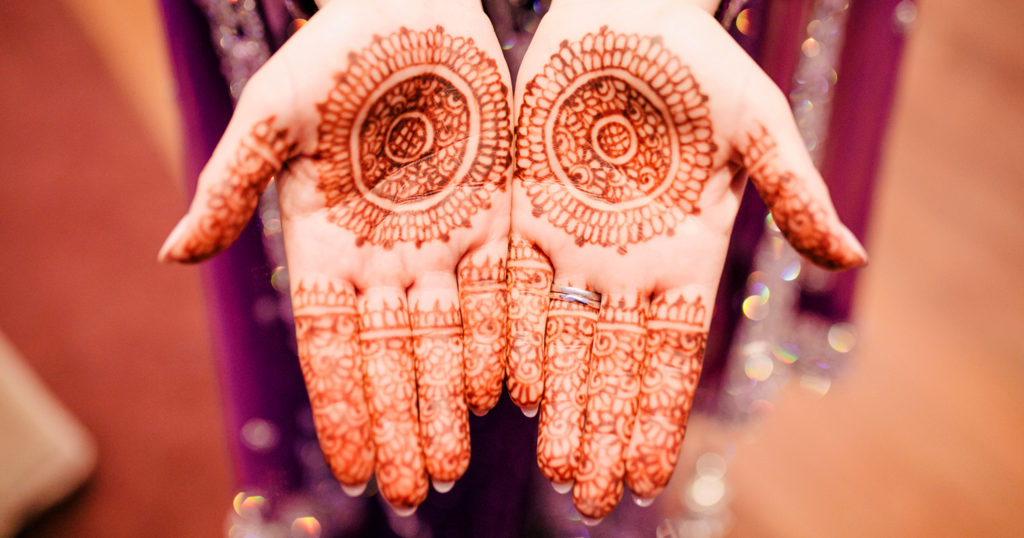ASHTANGA is Sanskrit for eight limbs. It is a two word phrase incorporated as one: ashta, meaning eight, and anga, meaning limbs. This eightfold system of yoga dates as far back as 2,000 years ago, and was taught by Patanjali.
The eight limbs of yoga are basically guides on how to live a more productive, aligned, purposeful, and intentional life. All of the eight limbs are intertwined; understanding and practicing them opens someone to a realization of one’s true self and consciousness, destroying all obstacles standing in their way, as well as the impurities of the mind and body. It also results in directing focus towards our health, and aids in the acknowledgement and development of our spiritual inclinations.
The 8 limbs of yoga include; Yama, Niyama, Asana, Pranayama, Pratyahara, Dharana, Dhyana, and Samadhi. Each is to be practiced individually, however, all should be allowed to flourish synchronically.
1. YAMAS: The first of the eight limbs encompasses morality and advocates living by upright values. It promotes ethical behavior to allow for a more peaceful and just society. The Yamas are universal principles of life. There are five yamas, all of which are strategically put in place to align our inner beliefs with the external environment.
- AHIMSA: This refers to nonviolence. It means to abstain and stay free from violence in thoughts, words, and actions. Practicing the art of nonviolence constitutes and propagates peaceful living and coexistence among humans.
- SATYA: Satya means truthfulness. And just like Ahimsa, it is a virtue that should be reflected both on the inside and outside. We must learn to be truthful both in words, and in actions. By virtue of this Yama, we are also admonished to follow a true and honest path, in alignment with our hearts. Satya preaches that by being honest and truthful, your actions become more successful.
- ASTEYA: Asteya preaches against stealing. It encourages refraining from stealing of property, ideas, works, wealth, credit, etc. It further stipulates that by engaging in non-stealing, wealth and jewels are accorded.
- BRAHMACHARYA: Brahmacharya refers to abstinence. It endorses living a life dedicated to finding self realization, and attaining a higher truth, and restraining from pursuing vanity. It promotes spiritual development through abstinence.
- APARIGRAHA: This means non-possessiveness. It teaches how to overcome greed, possessiveness, discontent, in order for one to gain knowledge of the past, present, and future.
2. NIYAMAS: These are observances, personal spiritual practices to aid spiritual growth. There are five niyamas that encompass the values upon which we interact with ourselves. They are: Sauca, Santosha, Tapas, Svadhyaya, and Isvara Pranidhana.
- SAUCA: Sauca means purity. Its teachings are centred on maintaining internal and external purity by keeping the mind, body, and environment clean.
- SANTOSHA: This means contentment. Santosha presents us with the need to appreciate what we have and have accomplished, for it is the only way to gain true inner peace. It encourages satisfaction with what we already have.
- TAPAS: This refers to self discipline, or spiritual austerity. It is a medium through which the body, and mind are cleansed.
- SVADHYAYA: This means the study of self and the sacred scriptures. Observance of the Svadhyaya results in spiritual awakening and tuning of one’s mind to spiritual unfoldments.
- ISVARA PRANIDHANA: This refers to absolute submission to God. By so doing, one is able to attain Samadhi.
3. ASANAS: This is what most people call “yoga” but it is actually only the poses one makes during yoga class. It is the third limb, and its practice results in a synchronism between the mind and body. The asanas help us develop self-discipline, and the ability to concentrate, both important factors of meditation.
4. PRANAYAMA: This literally means “life force extension.” It is the fourth limb, and basically refers to gaining control over the respiratory process. Simply put, mastery of breath control.
5. PRATYAHARA: The Pratyahara is the fifth limb. And it is the withdrawal from the external world to focus on our inner cycle. It is detachment from the attractions and distractions from the outside world. It preserves the mind, and keeps it from engaging in unintentional activities.
6. DHARANA: The sixth limb. It is referred to as the one pointed concentration. It involves deep concentration in order to bring the mind under absolute control.
7. DHYANA: Dhyana is seventh on the list. It is meditation; a process that involves absolute focus and control of the mind. It doesn’t allow for distractions to disturb the process.
8. SAMADHI: This is the final limb, and is referred to as a state of self-realization, and consciousness.
With so much knowledge of the 8 limbs of yoga, Ashtanga, where will you start first on your journey to samadhi?





